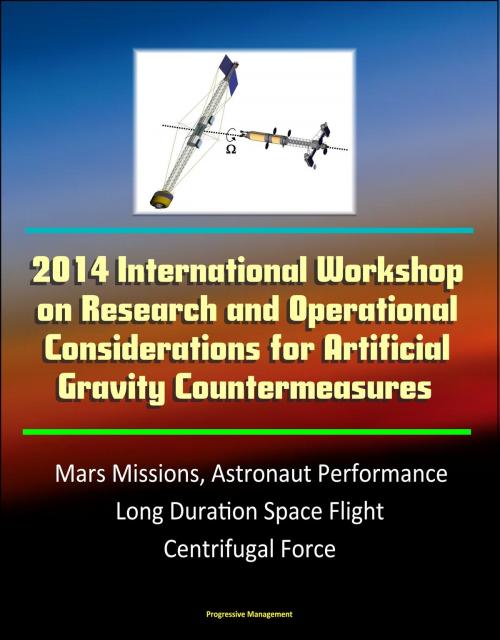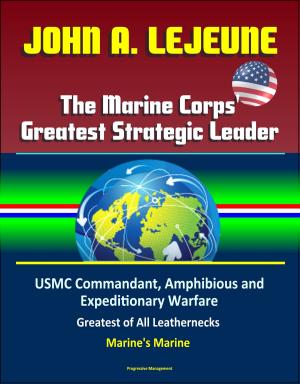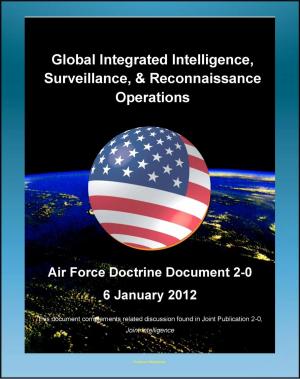2014 International Workshop on Research and Operational Considerations for Artificial Gravity Countermeasures: Mars Missions, Astronaut Performance, Long Duration Space Flight, Centrifugal Force
Nonfiction, Science & Nature, Technology, Aeronautics & Astronautics, Science, Physics, Astrophysics & Space Science| Author: | Progressive Management | ISBN: | 9781311416902 |
| Publisher: | Progressive Management | Publication: | April 30, 2015 |
| Imprint: | Smashwords Edition | Language: | English |
| Author: | Progressive Management |
| ISBN: | 9781311416902 |
| Publisher: | Progressive Management |
| Publication: | April 30, 2015 |
| Imprint: | Smashwords Edition |
| Language: | English |
Professionally converted for accurate flowing-text e-book format reproduction, this NASA document outlines the work of the 2014 International Workshop on Research and Operational Considerations for Artificial Gravity (AG) Countermeasures brought together almost 100 scientists from the United States and abroad who participated in an update of the state of the art of what we know about AG today.
As space agencies plan the next generation of human space exploration missions to destinations beyond the Earth-Moon system, it is incumbent on mission designers to review the technologies and habitats necessary to maintain optimal health, safety, and performance of crewmembers on those missions. Emphasis was placed on integrating engineering aspects with physiological health requirements. Furthermore, it was a goal of the workshop to include presentations from NASA's international partners to exploit available worldwide resources, thereby lowering costs and gaining the best knowledge. The main conclusion from the workshop is that AG during long-duration space missions is feasible from an engineering perspective, and that three types of scenarios should be considered: centrifugation inside a space vehicle; spinning part of a vehicle; or spinning the whole vehicle. Research should be initiated as soon as possible to establish the life science AG requirements. In addition, the extent to which current countermeasures need to be combined with AG must be determined.
Topics covered: artificial gravity; long duration space flight; centrifugal force; countermeasures; gravitational force; physiological effects; physiological factors; astronaut performance.
Artificial gravity (AG) has the unique feature—in contrast to the traditional countermeasures—of protecting all physiological systems in all individuals against the effects of weightlessness, because throughout evolution all creatures on the surface of the Earth have adapted to the same 1-G level. Because it has become of concern that astronauts might experience increased intracranial pressures in space as a result of the weightlessness-induced fluid shifts, the use of AG could provide the best solution for human health protection during long-duration deep space missions. If so, the most-likely future AG scenarios in space will probably constitute 1) intermittent intravehicular, 2) intermittent part-of-vehicle, or 3) continuous whole-vehicle centrifugation. Technical feasibility studies have indicated that continuous, whole-vehicle centrifugation is possible during a transit to Mars, but physiological requirements such as G-level and rotation rate have not yet been defined. This information is needed before AG-configuration concepts can be determined. Results of previous ground studies have shown some protective effects of intermittent short-radius centrifugation on muscle, bone, the central nervous system, heart, and circulation. More research, however, is needed to better understand the relationship between physiological responses and G-levels between zero and one. AG rodent research on the International Space Station (ISS) can be a starting point in 2015 with NASA and Japan Aerospace Exploration Agency (JAXA) rodent habitats. Several ground-based short-radius human centrifuges are available worldwide for ground- based intermittent AG research, whereas only a few long-radius centrifuges exist for long-duration exposures (United States and Russia). Thus, for definition of the physiological requirements to the engineering community, NASA should initiate an AG research program encompassing animal investigations on the ISS and short- and long-radius centrifugations in humans on the ground to 1) identify the specific gaps associated with possible AG profiles, 2) perform trade-off feasibility analyses between potential AG profiles and non-AG solutions, and 3) initiate international collaboration for the most efficient and strategic use of available resources.
Professionally converted for accurate flowing-text e-book format reproduction, this NASA document outlines the work of the 2014 International Workshop on Research and Operational Considerations for Artificial Gravity (AG) Countermeasures brought together almost 100 scientists from the United States and abroad who participated in an update of the state of the art of what we know about AG today.
As space agencies plan the next generation of human space exploration missions to destinations beyond the Earth-Moon system, it is incumbent on mission designers to review the technologies and habitats necessary to maintain optimal health, safety, and performance of crewmembers on those missions. Emphasis was placed on integrating engineering aspects with physiological health requirements. Furthermore, it was a goal of the workshop to include presentations from NASA's international partners to exploit available worldwide resources, thereby lowering costs and gaining the best knowledge. The main conclusion from the workshop is that AG during long-duration space missions is feasible from an engineering perspective, and that three types of scenarios should be considered: centrifugation inside a space vehicle; spinning part of a vehicle; or spinning the whole vehicle. Research should be initiated as soon as possible to establish the life science AG requirements. In addition, the extent to which current countermeasures need to be combined with AG must be determined.
Topics covered: artificial gravity; long duration space flight; centrifugal force; countermeasures; gravitational force; physiological effects; physiological factors; astronaut performance.
Artificial gravity (AG) has the unique feature—in contrast to the traditional countermeasures—of protecting all physiological systems in all individuals against the effects of weightlessness, because throughout evolution all creatures on the surface of the Earth have adapted to the same 1-G level. Because it has become of concern that astronauts might experience increased intracranial pressures in space as a result of the weightlessness-induced fluid shifts, the use of AG could provide the best solution for human health protection during long-duration deep space missions. If so, the most-likely future AG scenarios in space will probably constitute 1) intermittent intravehicular, 2) intermittent part-of-vehicle, or 3) continuous whole-vehicle centrifugation. Technical feasibility studies have indicated that continuous, whole-vehicle centrifugation is possible during a transit to Mars, but physiological requirements such as G-level and rotation rate have not yet been defined. This information is needed before AG-configuration concepts can be determined. Results of previous ground studies have shown some protective effects of intermittent short-radius centrifugation on muscle, bone, the central nervous system, heart, and circulation. More research, however, is needed to better understand the relationship between physiological responses and G-levels between zero and one. AG rodent research on the International Space Station (ISS) can be a starting point in 2015 with NASA and Japan Aerospace Exploration Agency (JAXA) rodent habitats. Several ground-based short-radius human centrifuges are available worldwide for ground- based intermittent AG research, whereas only a few long-radius centrifuges exist for long-duration exposures (United States and Russia). Thus, for definition of the physiological requirements to the engineering community, NASA should initiate an AG research program encompassing animal investigations on the ISS and short- and long-radius centrifugations in humans on the ground to 1) identify the specific gaps associated with possible AG profiles, 2) perform trade-off feasibility analyses between potential AG profiles and non-AG solutions, and 3) initiate international collaboration for the most efficient and strategic use of available resources.















